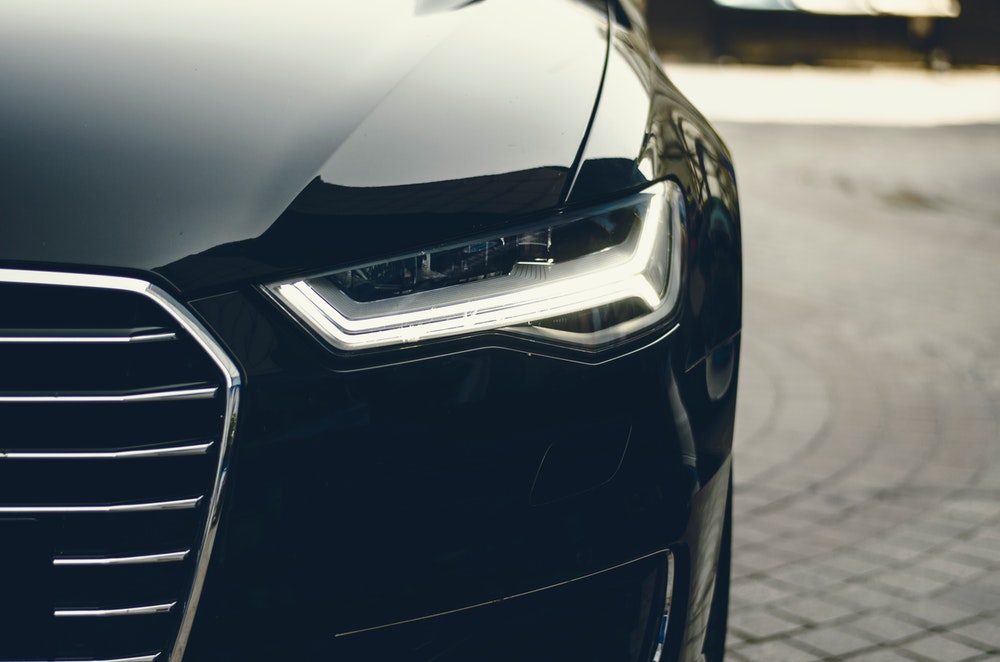Whether you drive a muscle car or a minivan, you want optimum performance to get the most out of consumables like gas and oil. You also want to prevent damage over time by fixing things early when they are cheaper. Finally, your car needs to be comfortable to ride in.
Stay on Top of Maintenance
The little oil change sticker in the upper left corner of your windshield is a key indicator of the health of your vehicle. Oil functions in your engine as
- a lubricant, preventing metal pieces from wearing on each other
- a cleaner, by carrying away debris
Fresh oil does all of these things better, while old oil is sludgy and slow. If at all possible, get your oil changed by a skilled mechanic to make sure that the rest of your car gets attention when the oil is changed.
For example, your oil change appointment could also be the time to check
- fluid levels, including brakes, antifreeze, and windshield washer fluid
- air filters, which are key to engine efficiency
- spark, from the alternator to battery
Air, spark, and fuel make the car run. Regular maintenance will keep those first two factors reliable and prevent expensive repairs.

Don’t Haul More Than You Need
Don’t use your car for storage. Cars are already heavy, and hauling things you don’t need will put pressure on the mechanisms that make the car stop and go as well as shocks, suspension, axles, and ball joints.
If you don’t need the item in the event of an emergency or a failure, don’t carry it. Yes, you need a cold-weather kit in Minnesota and a spare tire all year round. However, if your car has become a messy file cabinet of all the stuff you might need, you’re putting excess pressure on the hauling capacity of the vehicle. Get a tote bag and store it by the door so you can fill it up with what you need for tomorrow, but don’t haul around a lot of “just in case” gear.
Get Your Shocks Checked
Your shock absorbers do just that. If you hit a big bump or a pothole, your shocks should absorb the variety in the road surface and keep your tires in contact with the road. When your shock absorbers go bad, you can lose contact with the road, which means your steering mechanism is no longer working.
If you go over a speed bump and you notice that the car bobbles around for a bit, your shocks have lost the war with the pavement and need to be replaced. As a general rule, the shocks on the front will wear out first. Because those shocks are carrying around the weight of the engine, they will give it up first. If you need one shock replaced, go ahead and replace them all.
Tint Windows to Stay Cooler
If you live in a high-sun area, or if summer heat just makes you miserable, add carbon window tint to your vehicle to reduce heat build-up and sun damage.
You can greatly improve the look of your car with a custom tint job on your window tint. This non-reflective coating will offer SPF 500 protection while you are parked so re-entering the car will be more comfortable. If you have small children or pets, this can greatly reduce their traveling discomfort.
Be Good to Your Tires
Before a long trip, check your tires. If nothing else, try to do it each weekend while your tires are cold. If you notice one tire getting low, get a price on getting it patched. If it needs to be replaced, you may want to get at least two tires unless the damage is caused by specific event and not just wear.
Tire tread is critical to moving water and other fricatives out from under your tires. If you are driving on three half-worn tires and one brand new tire, you will clear water at different rates. This variety could lead to hydroplaning on wet surfaces.
To make sure that your car starts and goes when you need it to, maintenance is key. If you notice bouncing, bobbling or noise, get your shocks looked at. Keep the heat down and try to keep the front tires and the back tires of your car at the same rate of wear.

As the editor of the blog, She curate insightful content that sparks curiosity and fosters learning. With a passion for storytelling and a keen eye for detail, she strive to bring diverse perspectives and engaging narratives to readers, ensuring every piece informs, inspires, and enriches.









